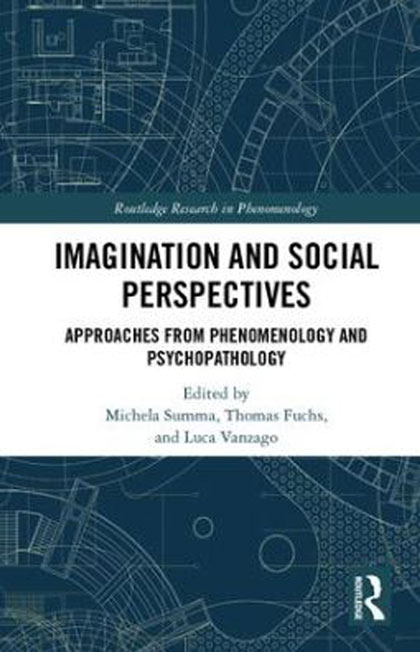
This book examines the role of imagination in creating a sense of self, in extending how reality and fiction are experienced and in determining the nature of ‘the Other’, as well as in the fostering of mutual understanding in human culture. For the psychiatrist its most compelling section is that which deals with the impairment of imagination in schizophrenia and autism.
What is imagination? It turns out that this is not as simple a question as it sounds. In many respects it is easier to say what it is not than to say what it actually is. In this account, imagining is not merely ‘supposing’ and it is distinct from mental imagery as well as from perception. It is best regarded as an intentional activity that is ‘a representational state of mind, […] a form of sensible knowledge, […] the inner visualising of mental images, […] a modification of perception, […] a psychic faculty or as a source of knowledge’. This definition itself points to the complexity of the subject matter.
The capacity to situate oneself in someone else's shoes, to look at the world through their eyes, is a fundamental aspect of human cognitive capacity, and much in the practice of psychiatry relies on this skill. And imagination is critical for this ability in which there is ‘some kind of de-centring from one's own perspective’. In addition, the editors remind us that imagination has a role in distinguishing between reality and alternative worlds, and hence enhancing cognitive flexibility and increasing freedom as decisions can be made in the context of multiple imagined options.
The most relevant chapters for psychiatrists in this fascinating book are those by Michela Summa, Thomas Fuchs and Till Grohmann. Summa argues that even though it is true that there is a distinction and a discontinuity between reality and fiction, reality shapes fiction and the experience of fiction too acts to reconfigure our sense of reality. This chapter does not deal directly with the discontinuities between ‘psychotic’ reality and everyday reality, but it is clear that much of what is explored is relevant to an understanding of how patients traverse the differing worlds and may also help to illustrate the interpenetration of psychotic reality and everyday experiences. Fuchs focuses on what he terms the ‘as-if’ function; this is the human cognitive function that allows us ‘to suspend the force and validity of the immediate experience and to enter a parallel world of imagination, daydreaming, hypothetical thought, fiction, pretence, role play or theatre’. Fuchs’ case is that impairment of this cognitive function underlies the concrete attitude, delusions and what he terms ‘transitivism’ (the threat of loss-of-self that is posed by the presence of others) in schizophrenia. I am not persuaded by his arguments but nonetheless his is a novel approach. Finally, Grohmann disputes the role of the disturbance of Theory of Mind in schizophrenia and autism and argues for an account based on the phenomenology of intersubjectivity. There's no doubting the fact that the case being put forward is not persuasive but it illustrates that, even in a condition such as autism where certain empirical facts are settled and established, alternative accounts are still possible.
This is a densely written book that has a lot to offer, but it is not for a general audience. Matters that have a central place in psychiatric thought are treated with seriousness and rigour alongside approaches that will surprise many psychiatrists whilst at the same making the subject seem fresh and vital.



eLetters
No eLetters have been published for this article.